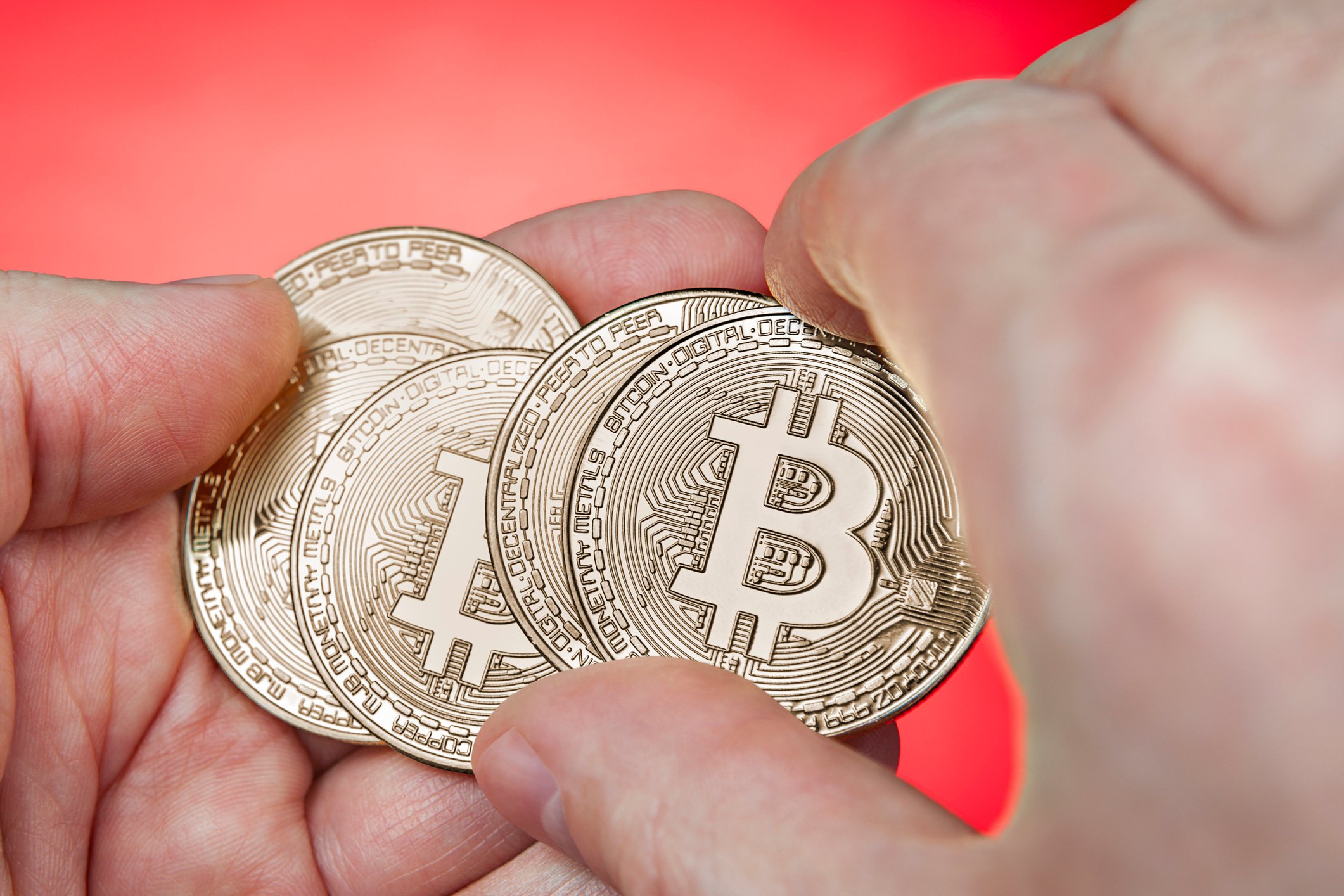
Source: Flickr user taxcredits.net
If most Americans have anything in common, it's the desire to increase their income and pay fewer taxes -- in other words, to increase their disposable income.
Increasing disposable income can be life changing, but only if the extra money is used wisely. Here are some ways people can increase their disposable income and one game-changing way people can use that extra disposable income to achieve financial security.
What is disposable income?
Disposable income is the amount of money left over from your income after you pay federal, state, and municipal taxes. For example, if your income is $100,000 annually and you pay out 25% of that in various taxes, your personal disposable income would be $75,000.
Disposable income shouldn't be confused with discretionary income. Discretionary income is the amount of disposable income that remains after you pay the necessary expenses for daily living, including food, shelter, and clothing. Therefore, discretionary income is what a person can use for things like iPhones, vacations, and nocha lattes.
Increasing disposable income
People have many options to increase their disposable income, but all of them involve either increasing personal income or decreasing your tax burden. Here are a few examples.
No. 1: Increasing income
When did you last receive a raise? If it's been a while, it could be time for a chat with your employer.
According to Glassdoor's first-quarter employment confidence survey, 45% of American workers expect to win a pay increase over the next 12 months. That was up by two percentage points from the fourth-quarter survey results and was the highest proportion of respondents since 2008.

Source: Glassdoor.
The increase in the number of people who believe they'll be paid more a year from now stems in part from an improving job market that has more workers believing they could find a new job quickly. Overall, Glassdoor found that 48% of Americans think they could land a similar job and pay within six months if they were let go from their current job.
If a pay raise isn't in the cards, there are still a few options.
First, a number of websites have popped up, including Elance, that allow people with certain skill sets, such as programming, writing, editing, or creating spreadsheets, to earn extra money by contracting their services to others who lack those skills.
If contract work isn't your thing, an improving job market offers a growing availability of second jobs, too. According to the Glassdoor survey, 50% of employers initiated large-scale hiring programs in the first quarter.

Source: Glassdoor
No. 2: Reducing your taxes
The tax bite can significantly reduce your disposable income, but there are some things that you can do this year to reduce your taxes and increase your disposable income.
For instance, if you're not participating fully in your 401(k) or 403(b) plan at work, you could increase your contribution rate, which could cut your tax bill. That's because investments in these accounts are pre-tax contributions.
Similarly, making a tax-deductible investment to a traditional IRA can lower your tax burden. Many people can still qualify to make a traditional IRA investment even if they participate in a 401(k) or 403(b) plan through work, depending on income.
Another tax-saving move is to take advantage of flex savings accounts through which you can set aside up to $2,550 in pre-tax money to pay for uncovered healthcare expenses. Some employers also offer child care reimbursement programs that can be funded with pre-tax dollars.
Putting extra income to work
Making even small changes to your income or tax situation can result in hundreds of dollars in additional monthly disposable income that can have a game-changing impact on your financial security in retirement.
For example, according to the U.S. Census Bureau, the average person between age 35 and 44 has a median $61,500 invested in stocks, mutual funds, and retirement accounts. If a 40-year-old with that amount adds $200 per month to those investments, and earns a hypothetical 6% annualized return, the account would grow to $395,624 at age 65.
However, if an increase in disposable income allows that person to bump up the investment from $200 to $500 per month, the portfolio would climb instead to $593,137. That means setting aside an additional $300 per month in disposable income could lead to an extra $197,513 in savings when you retire.
Tying it together
These are just a few of the many strategies you can consider to boost your disposable income, but ultimately achieving your long-term financial goals will depend on how you use that increase. For that reason, you might be far better served by increasing the amount of money you set aside every month than by spending your newfound wealth on something else.





